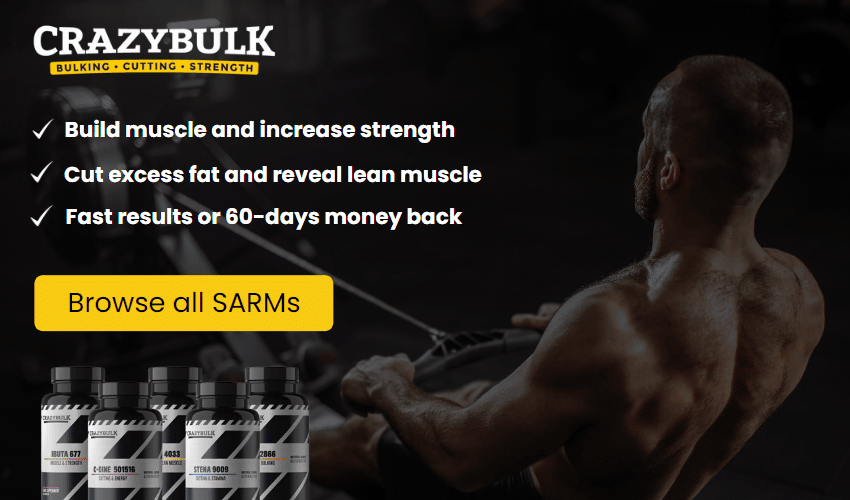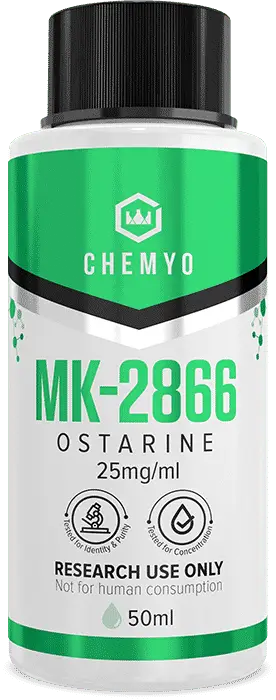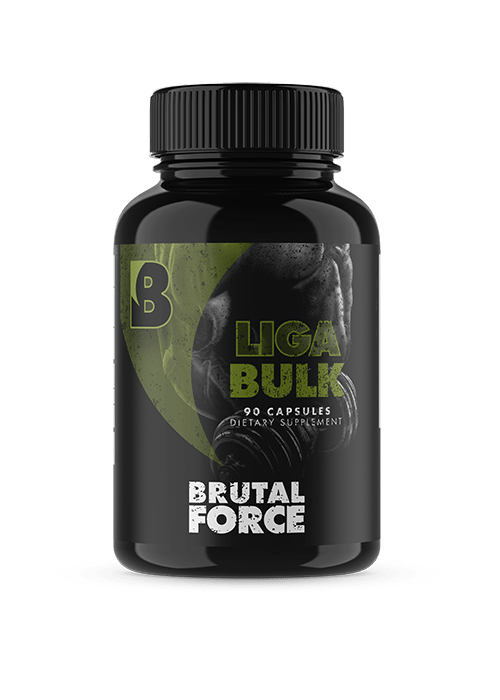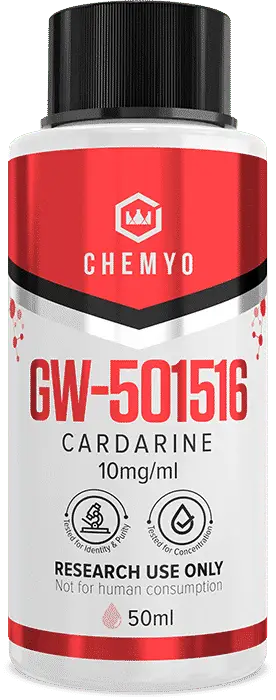Table of Contents
SARMs versus Prohormones: the complete guide
Back in the day, steroids were the thing. Remember The Golden Age of Bodybuilding? Those were the days when everybody who wanted to get ripped or get one of those physiques that resembled a Greek god juiced with anabolic steroids.
However, in 1990, the President signed the Anabolic Steroids Control Act of 1990 into law. The said law, which was effected in 1991, classified anabolic steroids as Schedule III of the controlled substances. This is the same category as narcotics.
Since then, there has been a concerted effort from various entities to develop a legal alternative to appeal to the bodybuilding community. As a result, SARMs and prohormones were introduced into the game.
However, a significant question remains unanswered. How do the effects of either match up to those of anabolic steroids? That aside, how about the risk to benefit ratio? Ultimately, which one is better between SARMs and prohormones.
This review outlines the details of each of the two enhancement substances, in a bid to find out the undisputed bodybuilding supplement.
What are SARMs?
First off, SARM is an acronym for Selective Androgen Receptor Modulators.
The androgen receptor belongs to the steroid hormone family and plays a crucial role in the physiology of tissues. The AR ligands are made up of circulating testosterone and local dihydrotestosterone which bind androgen receptors to activate it. However, there are restrictions to the reactivity and metabolism with other receptors to how well therapeutic steroidal androgens perform.
SARMs were developed to select tissue receptors to promote the beneficial effects of androgens without undesirable consequences.
Androgen receptors are located all over the body- bone, muscle, prostate, secondary sexual organs, and seminal vesicles as well. However, when it comes to bodybuilding, the only part you want to see the effects of size mass and strength is on the bone and muscle tissue.
Popular SARMs?
Below, we detail the most popular SARMs and their half-lives. As a reminder, a half-life is the time taken by the body to eliminate roughly half the quantity of a chemical product is entirely natural processes.
MK-2866 (Ostarine)
This product stimulates muscle growth by activating satellite cells and can enhance the activity of insulin-like growth factor gene (IGF-1). It provides similar gains to using low doses of Anavar, Primo, or EQ.
It has a half-life of 24 hours.
The average male bodybuilder can use 25mg per day, for a cycle lasting between three and eight weeks. Women mostly use 10mg per day for a shorter period.
LGD-4033 (Ligandrol)
Ligandrol functions by intensifying the anabolic activity in muscles and bones while reducing muscle wasting. It specifically binds to the co-regulators of androgen receptors in muscles and bones. What’s more, this product was being developed for the treatment of bone wastage and cachexia.
It may cause mild testosterone suppression, although nothing like typical anabolic steroids.
The recommended dosage is between 10 mg and 22 mg daily and is typically for male use only. A typical Ligandrol cycle may last anywhere six to eight weeks.
When it comes to the half-life, it ranges between 24 and 36 hours depending on one’s metabolism.
GW-501516 (Cardarine)
Technically, Cardarine is classified as a peroxisome proliferator-activated receptor delta receptor (PPAR-delta) stimulator. PPAR-delta are found in the muscles and can increase energy, fat burning, muscle building, and endurance.
Therefore, this product isn’t necessarily a SARM, given that it does not act directly on the androgen receptors. However, due to the activation of PPAR-delta fibers in the muscles, it boosts performance and also enhances muscle mass.
This ‘SARM’ is also useful for burning fat as it activates ABCA1 and CPT1, which are fat-burning genes that allow stored fat to be used as energy.
It also increases endurance as it causes muscle fibers to increase their use of intramuscular fat stores and increased use of oxygen.
It has a half-life of 16 to 24 hours, meaning that a dose should be spaced between 10 to twelve hours.
The recommended dosage is 10 mg per day for eight weeks, combined with proper training.
Are SARMs Safe?
Well, safety is relative when it comes to performance enhancers. Therefore, the correct answer to this would be yes and no. Wait for the explanation.
Majority of the SARMs in the market are developed to overcome the possibility of aromatization and virilization associated with using steroidal compounds. Generally, SARMs do not convert or break down into the unwanted components such as DHT and estrogen known for their undesirable effects.
The anabolic to androgenic ratio of synthetic testosterone is 1:1. This suggests that you get the muscle-building benefits the same way you may get the drawbacks such as gynecomastia (man boobs).
When it comes to SARMs, they are more selective in enhancing the anabolic effects. Instead of causing the androgenic effects. The anabolic to androgenic ratio of SARMs can range from 1:1 to 10:1. Consequently, SARMs are promoted as products which can give you the benefits of steroids, without the side effects.
Are SARMs Legal?
Constitutionally speaking, all SARMs are legal in the United States. However, all SARMs apart from RAD-140 are banned by the World Anti-Doping Agency (WADA) and a host of other worldwide sporting organizations.
Therefore, if you are competing in a professional sports event or one that prohibits the use of anabolic agents, then these products aren’t for you. However, if you are not looking to compete, then you could include SARMs in your daily regimen. However, the most crucial part is that you buy them from a reputable dealer.
What are Prohormones?
Prohormones are chemical substances that undergo an enzymatic process to be converted to anabolic hormones in the body. As such, they impact the body in a similar way to anabolic compounds, although at a lesser magnitude due to the limiting effect caused by the enzymatic process.
However, the technical definition of a prohormone doesn’t apply to today’s prohormones. It not only covers precursors to hormones, but also active substances that require no conversion to produce any anabolic effects.
First things first, you should know that the most popular prohormones are no longer available.
You’ve probably heard about Epistane and Superdrol, the original prohormones. Well, those were banned in 2014 upon the passing of the Designer Anabolic Steroid Control. The new generation prohormones must conform to the stipulations in this Act. As a result, they do not carry the same side effects as the original prohormones did.
Popular Prohormones?
Some of the prohormones everyone is talking about in 2019 are those that produce remarkable effects without the risk of adverse side effects and post-cycle therapy and cycle support for these products.
- 1-Androsterone (1-DHEA)
This prohormone is a fan favorite because it is highly potent at low doses. It can help you to gain lean muscle, strength, and even possibly burn excess fat. Another benefit of 1-DHEA is that it is non-methylated.
When using this prohormone, you may experience reduced libido, slight headaches, and acne, in some cases.
The recommended dosage for 1-Androsterone may range from 100 mg to 300 mg a day.
- Epiandrosterone
This prohormone is also known as Epi-Andro. It is a metabolite of dihydrotestosterone (DHT) and testosterone. Basically, it converts to DHT, a male sex hormone responsible for maintaining strength and muscle mass. It can also lead to increased vascularity, or muscle pumps as you call it in the iron room.
The ideal Epi-Andro dose ranges between 200 and 400 mg.
When using this prohormone, it is probably best if you signed up for post-cycle therapy. What’s more, you may also need cycle support products to safeguard your organs.
Are Prohormones Safe?
The prohormones in the market today are relatively safe as opposed to their predecessors. Therefore, you should be safe as long as you use the substances within the recommended guidelines.
However, when dealing with prohormones, you should take the following precautions.
- Do not consume any alcohol on cycle
- Stay within the recommended doses
- Observe the recommended cycle length
- Use cycle support products to protect organs
- Use a post-cycle therapy product such as a testosterone booster
Are Prohormones Legal?
In the actual definition of the word, prohormones are not legal. However, there are legal alternatives, usually referred to as prohormones. The following are some of the prohormones that are widely considered legal.
- 1,4-OHP
- 1-Androsterone (1-DHEA)
- 4-Androsterone (4-DHEA)
- Epiandrosterone
- 6-Keto-progesterone
However, you will find that most suppliers give their products various names, so it is crucial to double-check if what you are purchasing is legal.
SARMs vs. Prohormones
It is now time to score the bout and find out who won the contest.
As a chemical precursor, act on the intended hormone, but tags along with its side effects. These compounds cause natural hormone production and may impact other biological processes, including causing hepatotoxicity.
On the flipside, SARMs were initially intended for combating muscle wasting diseases and degenerative bone diseases. Consequently, they demonstrated a remarkable potential to enhance the development of muscle mass and bone density with minimal to no side effects.
Overall, SARMS may be considered a better alternative to prohormones due to their ‘safety’ although this sentiment cannot be generalized. When it comes to prohormones, one must be ready to undergo PCT and use cycle support products to protect their organs.
That’s the scorecard, and as you can see, both are worth considering. It all boils down to risk to benefit ratio, and how well you can handle or mitigate the side effects.




